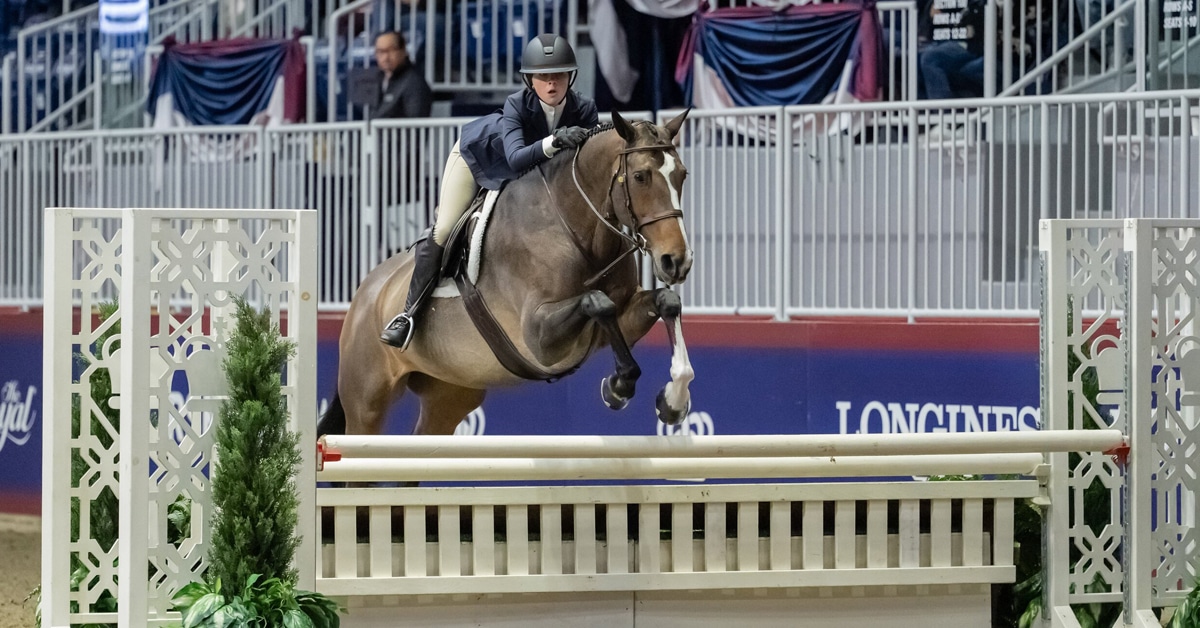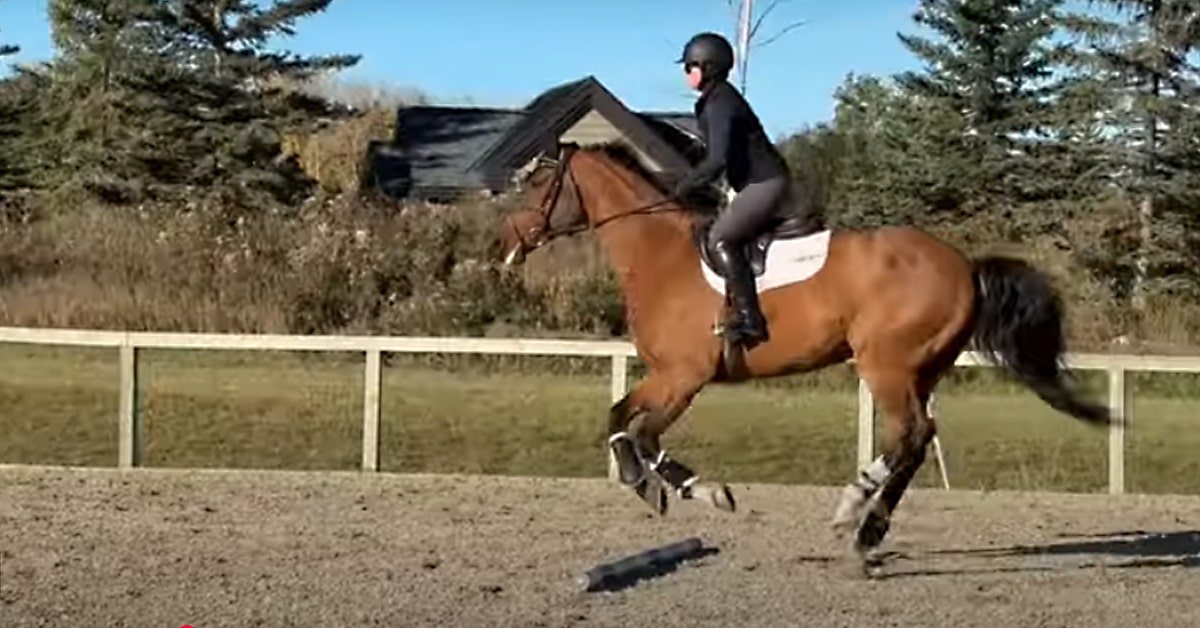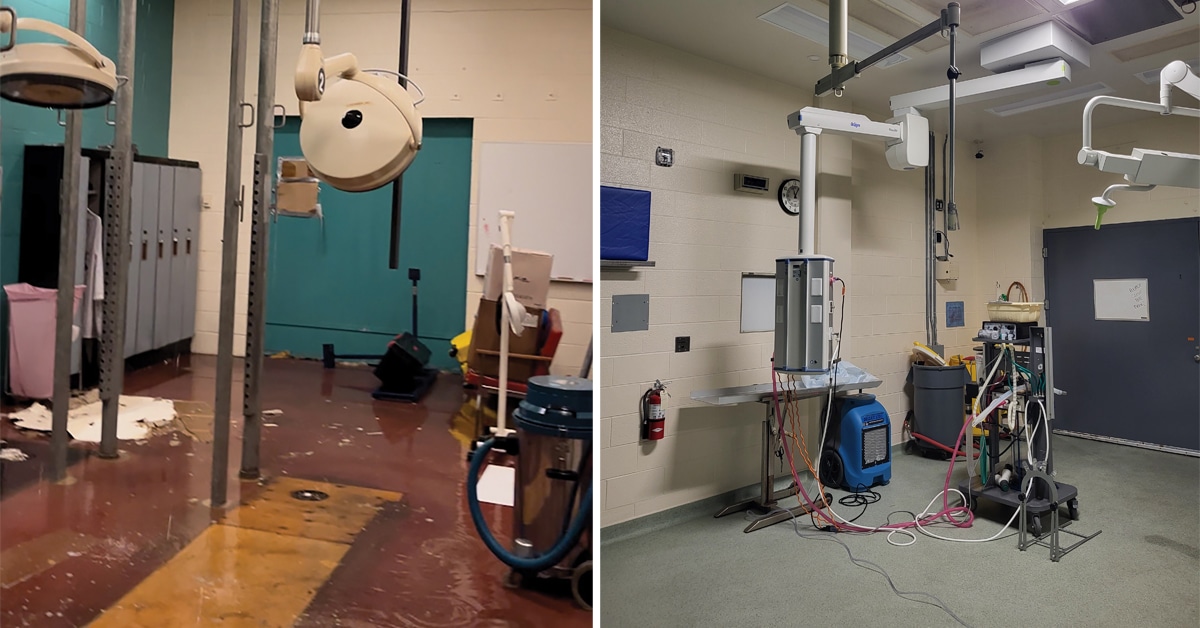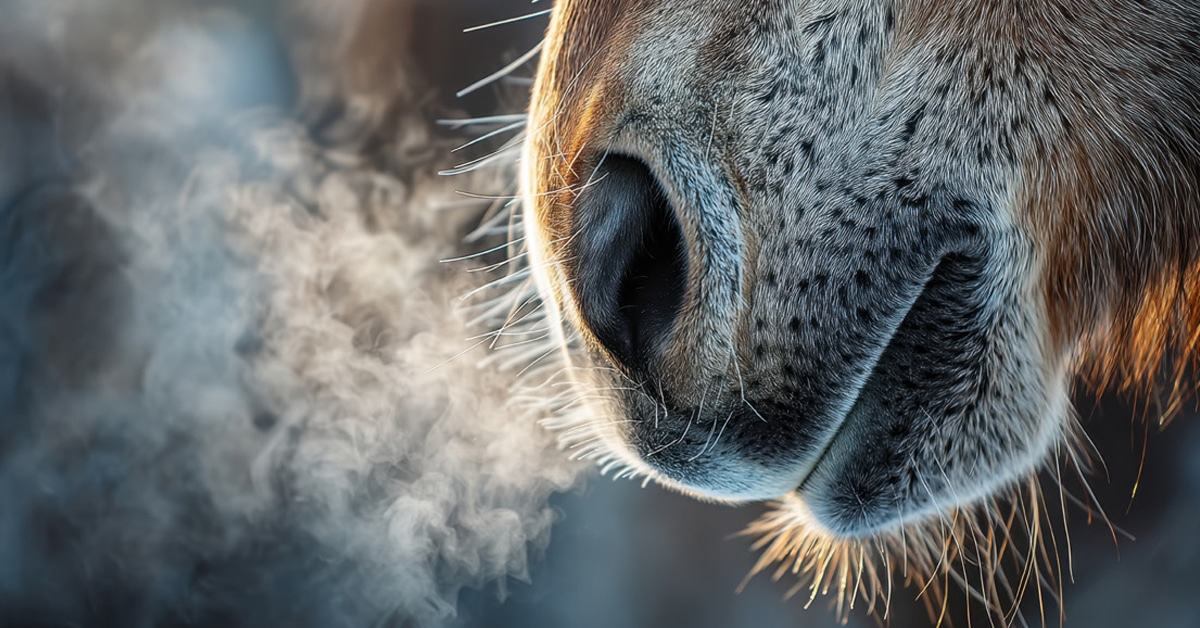When I enter the stable and call my horse’s name, she dutifully strolls in from her in/out paddock, sticks her head into the aisleway, and looks my way as if she absolutely understands that she is ‘Farah’ and has decided to acquiesce to my summons. Although this interpretation is comforting, it may be more likely that she has learned from countless repetitions that my arrival and the subsequent call “Farah!” means good things will follow – social interaction, treats, currying, and so on – without any sense of her own unique self or that this unique self is Farah.
Gordon Gallup, the seminal researcher in animal self-awareness, and the inventor of the mirror self-recognition test that measures it, defines self-awareness as “the capacity to become the object of your own attention, [such that] you can begin to think about yourself and use your experience to make inferences about comparable experiences in others” (Gallup & Anderson, 2020, p. 46). Gallup notes that when an animal sees their reflection in the mirror, they have undoubtedly become the object of their own attention; what is more difficult to show is whether they realize that their own behaviour is the source of the behaviour they are seeing in the mirror – the very essence of visual self-recognition.
Children at about the age of two demonstrate self-awareness naturally when they begin to use self-referential language such as I and Me or, or less endearingly, “It’s mine!” They also recognize themselves in a mirror. Gallup’s famous studies in the early 1970s explored whether animals also possessed mirror self-recognition (MSR). Chimpanzees exposed to a mirror, initially responded as if their reflection was another chimp, but gradually these behaviours transitioned to self-directed behaviours – using the mirror to guide self-exploration on body parts not otherwise visible (such as the face, inside the mouth, or their backside).
When Gallup then anesthetized these chimps, put a red mark on their forehead, and let them wake up in front of the mirror, they immediately used the mirror to explore the foreign mark, adding convincing evidence that they recognized the image in the mirror as themselves. Subsequent studies have determined that chimpanzees, orangutans, and bonobos all pass this mark test. MSR has also been purported to exist in elephants, dolphins, crows, and magpies, although not all researchers agree that MSR exists outside of the great apes.
Do horses have a sense of self?
MSR was recently studied in horses by Italian equine behaviourist Paolo Baragli (2017; 2021). Fourteen horses were individually confined in an enclosure for 30 minutes for four days (1. with a covered mirror; 2. with the mirror uncovered; 3. with an invisible gel mark on the horse’s cheek; and 4. with a visible mark on the cheek). Horses paid more attention to the mirror when it was uncovered and engaged in behaviours seen in other species who show MSR such as “peek-a-boo” (moving in and out of the reflection) and sticking out their tongue presumably to examine it.
When marked with coloured paint, horses spent more time scratching their face than when marked with invisible gel, suggesting that they could see a mark on their face that had not been there previously. Baragli was able to replicate his 2017 study with a larger sample and more rigorous methodology and concluded that horses do possess MSR.
Enter Gordon Gallup, the original MSR guy, who writes a scathing critique of Baragli’s conclusions, exposing methodological flaws and maintaining that he had overinterpreted his data. He notes that horses spending more time exploring an uncovered mirror vs. a covered one says nothing about self-recognition, but rather that an uncovered mirror is more visually interesting. Similarly, a horse playing peek-a-boo provides no evidence that horses are perceiving their own reflection but could simply be looking for the other horse in the mirror and urging it to respond.
Finally, Gallup argues that, unlike chimpanzees and other great apes who do show MSR, not a single horse used the mirror to spontaneously explore other body parts that would normally not be visible – such as their tails or backsides. Sadly, Baragli’s is the only research on equine self-awareness to date and his results are far from conclusive.
Do horses have Theory of Mind?
Another way to answer what horses know about themselves is to look at what they know about others. Psychological research on self-awareness in humans suggests that self-awareness is a precursor to Theory of Mind (ToM), the ability to understand that others have thoughts, intentions, and motivations that differ from one’s own. You cannot understand that others have a different perspective from yours if you do not first grasp that you are a unique entity and can use your experience to infer the mental states in others.
ToM is tested in children by asking them to comment about what another may see from that point of view. Children under the age of four struggle to take the perspective of another and steadfastly believe that others know and see exactly what they do. Since we cannot interview animals about their perspective-taking skills, standardized ToM tests have not been possible. However, referential communication (where one directs the attention of another to something they want them to attend to, through pointing, showing, or touching) is a component of ToM, argued to be a sophisticated form of communication seen in species living in complex social systems.
Dogs have proven to be geniuses in correctly responding to human referential gestures to discover hidden food rewards, outperforming all other animals tested to date including the great apes. Brian Hare and Michael Tomasello, the trailblazers in canine cognition, maintain that dogs, through domestication, have fashioned a mutually reliant bond with humans that allows them to recognize and respond to human gestures and generalize that knowledge to new situations (Hare & Tomasello, 1999; Hare et al., 2002; Miklósi & Kubinyi, 2016; Bray et al., 2021).
Although horses, living within intricate social systems and forming interdependent relationships with humans, seem likely candidates for reading referential gestures, they do not stand out as genius material. When I tried this test on Farah, pointing to a jackpot of horse treats that she saw me spread upon the ground, she was singularly obtuse about finding them. In contrast, a short survey in our small stable revealed that the aptly named ‘Sage’ follows his owner’s pointing gestures handily, although he and his person have been together for 25 years and have had considerable practice. Researchers find that when pointing to a bucket containing a food reward, horses are not always responsive to this gesture (e.g. Proops, 2009). Like Sage, they do better with practice, and when someone taps the bucket (which undoubtedly has more to do with the prior knowledge that bucket sounds bring treats rather than an embedded understanding of human intent..
Recent research by Japanese researcher Monamie Ringhofer and colleagues (2021), suggests that horses may indeed be able to follow human gestures, but it matters who is doing the pointing. Horses followed the pointing gestures of a researcher who had witnessed the food being hidden, and knew the correct location of the food, but ignored the pointing gestures from a researcher who had not witnessed the hiding, showing a remarkable sensitivity to the researchers’ differing perspectives.
Although the jury is out concerning horse’s ability to read referential gestures, there is little ambiguity about their ability to deliver them. Horses will engage in a robust repertoire of referential gestures to secure their handler’s attention and direct them toward an inaccessible reward bucket, including nodding their heads, whipping their heads around to point toward the reward bucket, alternating their gaze between the handler and the bucket, and pushing the handler toward the bucket (Malavasi & Huber, 2016). Horses will also work harder and longer (touching, pulling, and pushing) when the handler has not witnessed the experimenter hiding the treat than when they have witnessed the hiding (Ringhofer & Yamamoto 2017).
Across studies it appears that horses, understand the attentiveness and prior knowledge of their essential human accomplice, understand that this perspective differs from their own, and can use this knowledge to flexibly respond – exhibiting all the key elements for ToM.
Does Farah know who she is?
To date, our best research tool for studying self-awareness is MSR, a tool possibly too blunt to discern the peculiarities and subtleties of equine self-awareness, which undoubtedly looks nothing like our own. In fact, it may be the wrong question entirely; does a horse even need or want a self-identity? It would make good evolutionary sense for a horse’s identity to be embedded as an integral part of the larger group rather than having a unique sense of their individual self. Horses’ ability to take the perspective of another (even of another species) and correctly evaluate the credibility of their human informant is arguably a more complex cognitive accomplishment than recognizing oneself in a mirror.
Horses also excel in tasks of social cognition, both with other horses and with humans, (recognizing others within one’s circle, understanding their relative status and relationship, and responding appropriately), another skill that focuses on relationship to others and less with self.
When my horse greets me at her stable door, does she know that she is a Hanoverian chestnut mare named Farah? Does she have a concept of her own unique self? Does she care? Equine scientists and cognitive ethologists (those who study thinking processes in animals) will undoubtedly come up with increasingly refined research tools to study these psychological constructs. Ultimately, I do not believe we will ever know what it means to be a horse from behind the horse’s eyes, but we would possibly learn more about horses’ essential selves by trying to ask our questions from this vantage point to the extent that we are able.
The Latest









